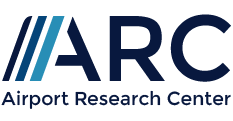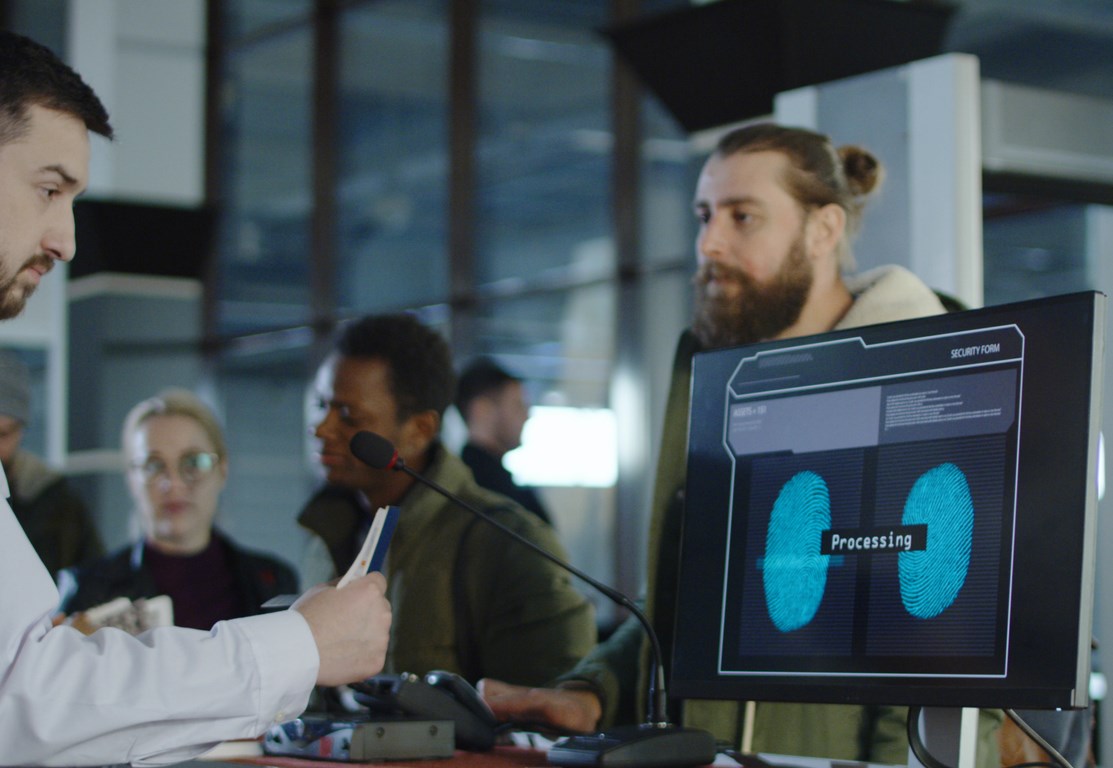How many facilities are needed to ensure the desired level of service for the expected traffic?
Project Overview
At the time of the study, Abu Dhabi International Airport was in the process of updating the master plan. This included identifying the most promising way, how the new Midfield Terminal Building should be operated, what capacity can be handled and which facilities may require expansion at what point in time. To support the discussion, a Facility Requirement Analysis was performed for the Midfield Terminal Building, which answers the question “How many facilities are required to ensure the desired level of service for the expected traffic?”
Services provided
In order to get a better understanding of the future capacity situation, 24h forecast flight schedules of typical busy days have been looked at for three scenario years:
- short term planning – start of MTB operations
- intermediate planning – before opening of an additional satellite
- long term planning – to look further into the future
These flight schedules considered detailed site specific information such as peak structure, airline groups, load factors and passenger numbers, transfer shares etc. In order to represent the airport to the best possible extent, a CAST Terminal simulation model of the new Midfield Terminal and existing Southside Terminals has been setup including all main passenger handling facilities such as check-in facilities, security screening, passport control, gate holdrooms and transfer facilities. All facilities have been adjusted to their planned operational conditions in terms of allocation, throughput rates and expected user shares. Based on agreed service criteria such as maximum allowed waiting time or queue length, the simulation model was used to calculate, how many facilities will be needed for each scenario to ensure the desired service quality.
Results and Benefit
At the time of the study, the detailed construction plans of the MTB were still under discussion. Thus, slight changes were still possible. The simulation model supported the decision making in a comprehensive and understandable way. Potential limits, which could be caused by the infrastructure, could be identified and discussed with the client. In case the analyses showed a lack of certain terminal facilities the construction plans can still be updated before going operational to ensure a smooth passenger handling and high service quality when opening.








